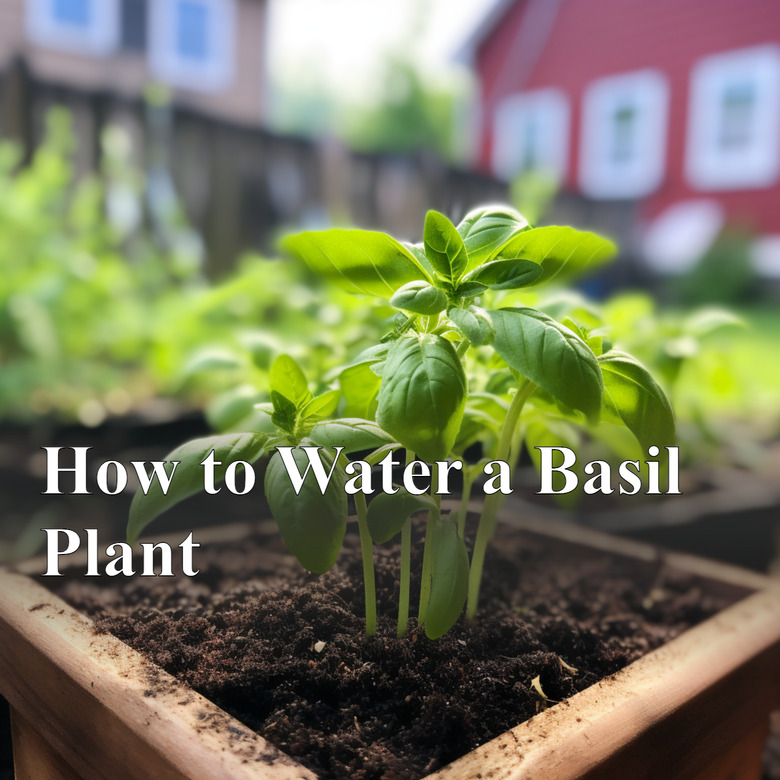How To Water A Basil Plant
Basil is grown as an herb in both indoor and outdoor gardens. An annual plant, basil must be replanted each spring even if it is grown indoors. The large leaves are used fresh or dried in many recipes as a seasoning. The large, bright green leaves also add an ornamental touch in beds and borders. Basil must be supplied the proper amount of water in order to thrive;, too much or too little water can lead to plant damage or death.
Step 1
Prepare the garden bed before planting to maximize moisture in the soil. Add a 4- to 6-inch layer of compost to the bed and till it in with a hoe or power tiller. Compost helps retain moisture while adding nutrients to the bed.
- Basil is grown as an herb in both indoor and outdoor gardens.
- The large, bright green leaves also add an ornamental touch in beds and borders.
Step 2
Irrigate basil once a week in a single, deep watering. Provide about 1.5 inches of water per plant each week. Water more frequently during hot, dry periods if the soil is drying out.
Step 3
Apply a 2-inch layer of organic mulch, such as bark or straw, around each plant to help preserve soil moisture. Mulching also prevents weed growth around the basil plants.
Step 4
Water potted basil until the excess moisture drips from the bottom drainage holes. Water when the soil surface begins to feel dry. Outdoor containers are more prone to drying and require frequent irrigation, as summer heat causes the soil in the pots to dry more quickly.
- Irrigate basil once a week in a single, deep watering.
- Apply a 2-inch layer of organic mulch, such as bark or straw, around each plant to help preserve soil moisture.
Tip
Install drip irrigation hoses for garden beds. These have a device on them that ensures they provide the exact amount of water needed when they are set properly. A thin layer of mulch can also be applied on top of the soil in potted plants to help preserve soil moisture.
Warning
Over-watering may cause basil roots to rot, causing the death of the plant. Wilting and yellow leaves are a symptom of over-watering.
Things Needed
- Compost
- Mulch
